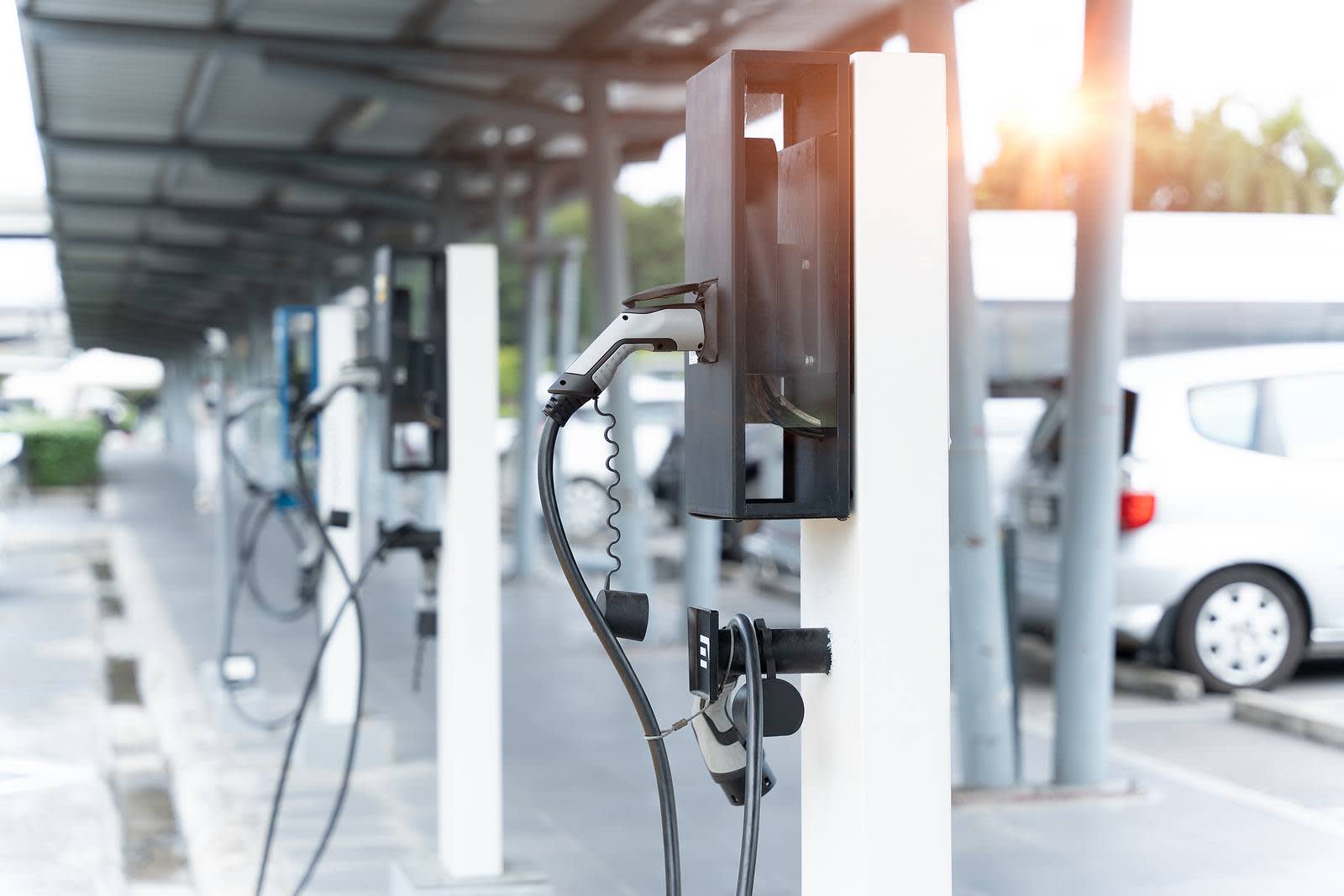Building the business case for electrification
The transition to EVs isn’t a simple one. It’s not a case of buying or leasing the vehicles and expecting business as usual to be unaffected.
C-level managers and decision makers are all too aware of this. It’s likely that – even if you’ve done your homework and even mapped out the transition – they’ll need persuading that electrification’s the right move for the organisation.
That’s where the business case comes in. A business case provides a justification – based on factors like finance, operations and sustainability – to undertake a proposed project.
So, what should you consider when building the case for electrification, who can help – and what should you include in the business case itself?

What’s the organisational context?
Before you put pen to paper, it’s important to understand the environment in which your business case will land. Consider the financial status of the organisation and adapt your proposal accordingly. Consider what other key projects are in the pipeline and try not to clash with them.
Also consider your organisation’s sustainability commitment – particularly if it’s public – and make sure your business case references it.
Appreciating the organisational context to your proposal should help you find the right angle for it. You can read more about leveraging strategic plans to boost your proposal’s chances of success in our guide to analysing electrification suitability.
Who’s the audience?
When searching for the right hook for your business case, also consider who’s going to be reading it. Tailor the proposal to the interests of your audience. If your energy team’s under pressure to prove its environmental progress, pitch the business case to its manager as an environmental initiative.
When considering who has a stake in the decision of whether to electrify (and whether or not to do it now), think about who you need to convince. The exercise of aligning with the company’s goals should lead you straight to key stakeholders, because those ambitions will have ‘owners’ within the company.
These are likely to include:
- Finance Director
- HR Director
- Sustainability Director
- Energy Manager
- Head of Corporate Communications
- Procurement Lead
- Head of Talent / Recruitment
- Fleet Manager (if this isn’t you)
It’s worth creating a matrix of power/influence versus interest, like the one below.

Anyone in the top-right ‘Key player’ quadrant should be a target for your project team…
Who’s in the project team?
To add gravitas and support to your business case, build a team of electrification advocates – ideally across the business. Having support for the proposal coming from multiple angles not only shows you’ve done your homework, it reinforces the range of benefits electrification offers. This group of people – if your proposal’s successful – may well become the transformation team.
Aim to find a champion for your business case – someone with a degree of authority who’ll ‘sponsor’ the proposal.
Finally, consider engaging an electrification partner early on. The process of transitioning to an EV fleet or implementing a charging infrastructure is a complex business, and you’ll need support on your electrification journey. But an expert partner can help you at the outset, too, providing tips and insights that’ll make your business case hit the mark.
What’s the plan?
Make sure your business case sets out a clear electrification proposal. How many vehicles are you recommending the organisation transitions? How many charge stations will you need to support the EV fleet, and at which sites?
You don’t have to target overnight full-fleet electrification.
Pragmatic trumps headline-grabbing at this stage. Being realistic in your proposals – even if you only suggest a trial initially – shows that you recognise electrification will, at least initially, affect operations and require significant investment. Harness the enthusiasm of your electrification advocates but take a methodical approach to making the case.
Structure your business case logically, with an introduction built around the strategic hooks you’ve identified. Show your projections and reference the ‘suitability assessment’ analysis your electrification partner has supported with.
What’s the justification?
Your business case’s introduction should include the strategic ‘hooks’ you’ve identified, as well as referencing the 2035 ban on the manufacture of petrol/diesel vehicles.
It should also state the results of your suitability assessment.
The remainder of the proposal should show your research – particularly the tailored, organisation-specific work you’ve done – to support your recommendation. Lay out the detail as well as reiterating the conclusions.
As ever, financial factors are those most likely to influence decisions. So, make sure you cover upfront costs, relevant grants and financing options, projected cost savings and ‘break even’ – and, of course, total cost of ownership.
Whatever stage your organisation’s at on its sustainability journey, clarify the impact electrification will have and the opportunities for environmental claims it’ll enable.
What’s next?
Present a clear path of action. If the decision makers are onboard with your proposal, they’ll need to know where to start, and who’ll be managing or owning the project.
It may be that your business case recommends a fleet suitability assessment in order to determine which vehicles to prioritise for replacement. Perhaps it suggests engagement with an electrification partner to understand more about the electrical capacity of your sites before you decide what charging facilities to install.
If the decision makers are on the fence – or they’re concerned about the impact electrification will have on drivers – schedule an EV demonstration day. Many manufacturers and electrification partners offer these opportunities to try vehicles and understand charge station interfaces.
Click the button below to read our 8 steps to electrification guide for a breakdown of what the journey involves.
Read our 8 steps to electrification guide

